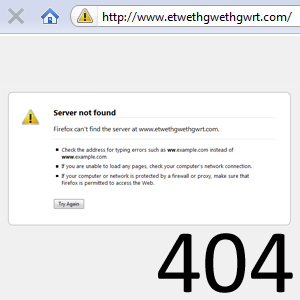What is an Open Source Project?
What is Open Source?
Wikipedia defines open source by stating it “describes practices in production and development that promote access to the end product’s source materials.” In other words, once the project is completed the source code will be made available to the public at no charge. Though free, the use of most open source projects are still bound by some type of agreement, or license.
Common Open Source Public Licenses
Some of the most common public licenses (out of a list of many found here, provided by opensource.org):
GNU General Public License version 3.0 (GPL-3.0)
GNU Library or “Lesser” General Public License version 3.0 (LGPL-3.0)
Simple Public License 2.0 (Simple-2.0)
Popular Open Source Projects
Below is a list of current open source projects, each with a brief description:
 Mozilla Firefox
Mozilla Firefox
Category: Web Browser
From Website: “The common thread that runs throughout Mozilla is our belief that, as the most significant social and technological development of our time, the Internet is a public resource that must remain open and accessible to all.”
[read more]
 WordPress
WordPress
Category: Blog/Website Platform
From Website: “WordPress is web software you can use to create a beautiful website or blog… The core software is built by hundreds of community volunteers, and … there are thousands of plugins and themes available to transform your site into almost anything you can imagine.”
[read more]
Putty
Apache HTTP Server
MySQL Community Server


 “
“